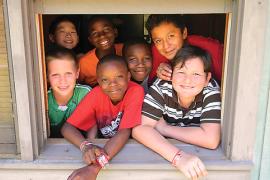The results of the 2017 Fall Camper Enrollment and Staff Recruitment Survey show that, in general, the camp industry had a great year. Growth in enrollment in camp programs remained steady in comparison to 2016, with a total of 77 percent of camp directors describing enrollment for summer 2017 as about the same or higher than last year (results from 2016 showed 78 percent of respondents with this response).
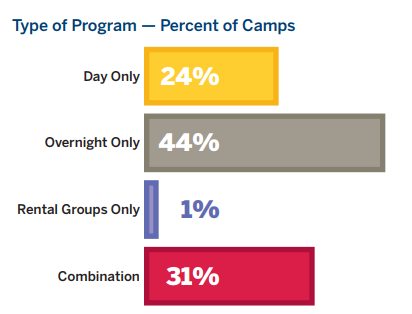
A total of 295 camp professionals responded anonymously to the 42-question survey. Information was gathered regarding camper enrollment and staff recruitment for summer 2017, characteristics of youth served, and enrollment challenges camps faced in relation to previous years. Overall, respondents represent ACA membership in terms of region, camp type, and camp affiliation. Following is information about the enrollment and recruitment trends identified in the survey results.
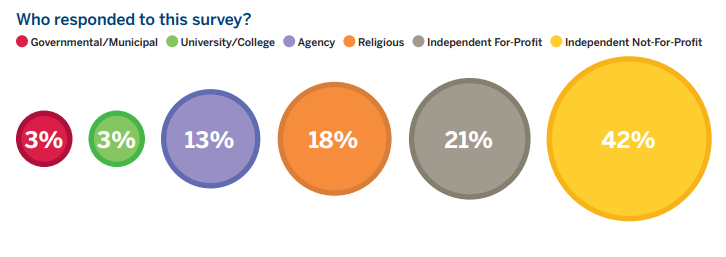
Enrollment Trends
Results suggest that summer 2017 was a strong year for camps on the whole: 44 percent of respondents felt enrollment was even better than last year, and 33 percent of respondents identified enrollment as the same as last year. Nearly half of respondents (46 percent) were at 90- to 100-percent capacity, with 8 percent of camps reporting a completely full summer. Based on these results, we can be somewhat confident that the camp industry is at or near where it was prior to the economic downturn.
Increases and Decreases in Enrollment — Why?
Many camps experiencing increases in enrollment attributed these changes to additional marketing efforts and use of different promotional strategies. When asked to suggest reasons why their enrollment increased or decreased, many respondents described specific strategies, such as the use of a referral marketing service and promoting word of mouth (20 respondents), targeted outreach and partnerships (17 respondents), social media or online techniques (5 camps), and general/nonspecific changes in marketing strategies (23 respondents).
In addition, camps reported increased enrollment due to modifications in their programs or the number of weeks in which programs were offered (19 respondents) and changes in capacity, such as increased beds or spots available (14 camps).
Although 23 percent of camps reported lower enrollment than 2016, overall, there was no clear trend that might suggest why. Reasons respondents shared included challenges in regards to competition from other programs/camps in the area (13 respondents), scheduling conflicts or school calendar restrictions (11 camps), and current political climate (9 respondents).
Demographic Variables and Enrollment
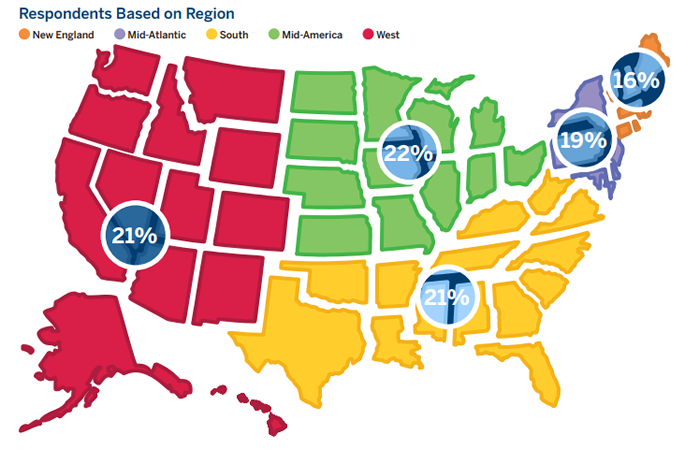
Data regarding socioeconomic status (SES) and race/ethnicity indicated trends similar to previous years. Camps reported enrolling campers who were primarily from middle income households (40 percent of camps said at least half their campers were in this category). A few respondents shared that they either increased the number of scholarships they offered (5 respondents) or that they had an increase in scholarship requests (6 respondents).
Approximately one quarter (23 percent) of camps reported serving 10–19 percent Hispanic/Latino campers, and similarly, 23 percent of camps served 10–19 percent African-American campers. Although most camps (87 percent) report serving less than 9 percent of their total camper population from countries outside the US, international campers were identified from 50 countries, which is 17 fewer than 2016 results. In both 2016 and 2017, the top five countries reported included China, France, Spain, England, and Mexico.
MESH Campers
A total of 13 percent of survey participants reported serving primarily campers with disabilities and/or chronic illnesses, however the majority of respondents who do not serve primarily youth with disability or illnesses reported serving campers with special needs, including: physical/motor (22 percent), sensory (50 percent), cognitive or developmental (90 percent), psychological or emotional (88 percent), and medical (63 percent). While these numbers do not represent the percent of campers with these disabilities, it expresses the percent of camps that reported enrolling campers with these special needs. This reflects the need for many camps to consider new strategies for inclusion of all youth in the camp context.
It is important to note that, in this survey, cognitive or developmental disabilities included learning disability, Attention-Deficit Disorder (ADD) / Attention-Deficit Hyperactivity Disorder (ADHD), Down syndrome, and Autism Spectrum Disorder, while psychological or emotional disabilities included depression, anxiety, and bereavement.
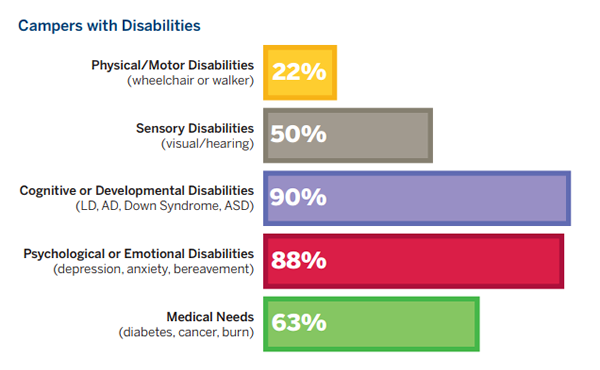
Recruiting and Hiring Staff
In general, 37 percent of camps reported that hiring seasonal staff was harder than in previous years. Open-ended questions revealed that American staff (and in particular, males) were harder to find (12 respondents); Americans were more difficult to retain for multiple summers as they are moving on to internships and different types of work related to future careers (11 respondents); and the rate of camp pay is not competitive (13 respondents). Out of camps that hire international staff, 35 percent reported hiring somewhat or significantly higher numbers of international staff than in previous years. In 2016, only 21 percent of respondents felt this way. This indicates a trend toward hiring more international staff while, interestingly, fewer international campers are attending American summer camps.
Key Takeaways
Following are some key takeaways on the current camp landscape:
Marketing: Data from previous enrollment surveys showed that camps were searching for additional marketing strategies to help aid increases in camper enrollment. It looks like these resources helped as many camp directors attributed an increase in enrollment from 2016 to 2017 to improved marketing strategies, including advertising and word of mouth promotions. For more tips on marketing your program, check out: the Camping Magazine article
“Social Marketing: Where Should You Start?” (Camping Magazine, November 2012)
“Fresh Tips for Running a Better Summer Camp Business — Sales and Marketing” (Camping Magazine, November 2009)
The Ultimate Marketing Plan (Webinar)
Diversity: Camp directors continue to report serving primarily Caucasian campers, so new techniques to recruit and include youth from diverse backgrounds are important to consider. The ACA has a variety of resources:
“Attracting Diverse Staff and Campers” (Camping Magazine, September 2011)
“Widening the Circle: Guidelines for Attracting the Latino Population to a Summer Overnight Camp” (Camping Magazine, March 2008)
“A Deeper Understanding — Implications of Race for the Future of Camp” (Camping Magazine, January 2013)
MESH Campers: A new trend revealed last summer was the emergence of campers with mental, emotional, and social challenges. As this is becoming a predominant issue for young people attending camp, it is important that camp directors look at different ways to include activities that incorporate social-emotional learning into their programming. Take a look at the following articles on creating camp experiences for all children and adolescents:
“Social Belonging for Youth Success” (ACA blog, November 14, 2017)
“The Power of the Inclusive Camp Experience” (Camping Magazine, January 2013)
“Working With Children With Special Needs” (Camping Magazine, May 2003)
Many thanks go out to all of the camp directors who participated in the 2017 Fall Enrollment Survey. We truly appreciate your desire to contribute to tracking enrollment trends in the camp industry. This would not be possible without the willingness of camp directors throughout the country. While this information may not be representative of individual camps and their experiences, we hope that it helps to reflect industry trends as a whole and positively impact your programs next year.
Victoria Povilaitis, a research assistant for ACA, is a doctoral student at the University of Utah and has worked in the camp industry in a variety of roles, including staffing coordinator, athletic director, and sports coach.

